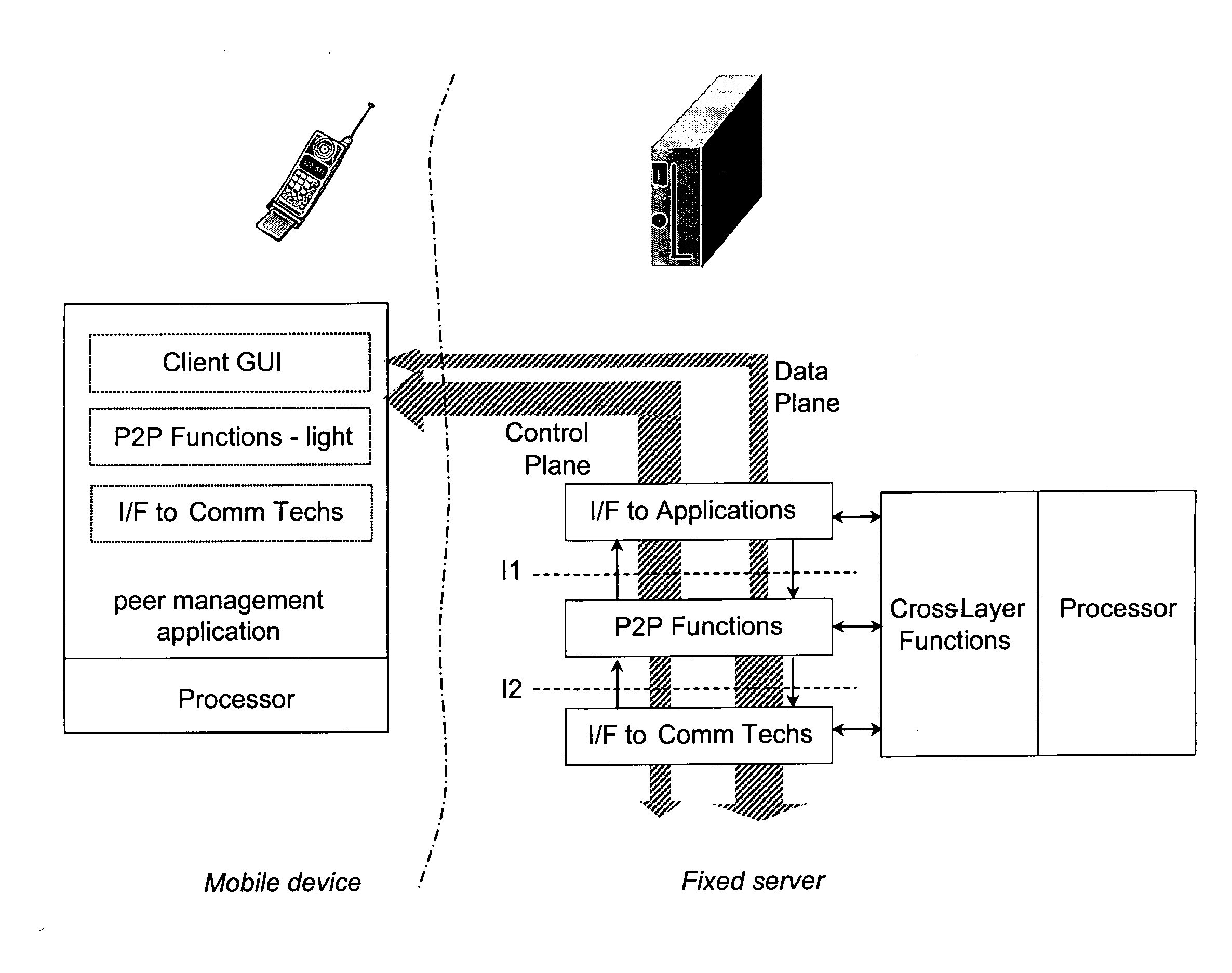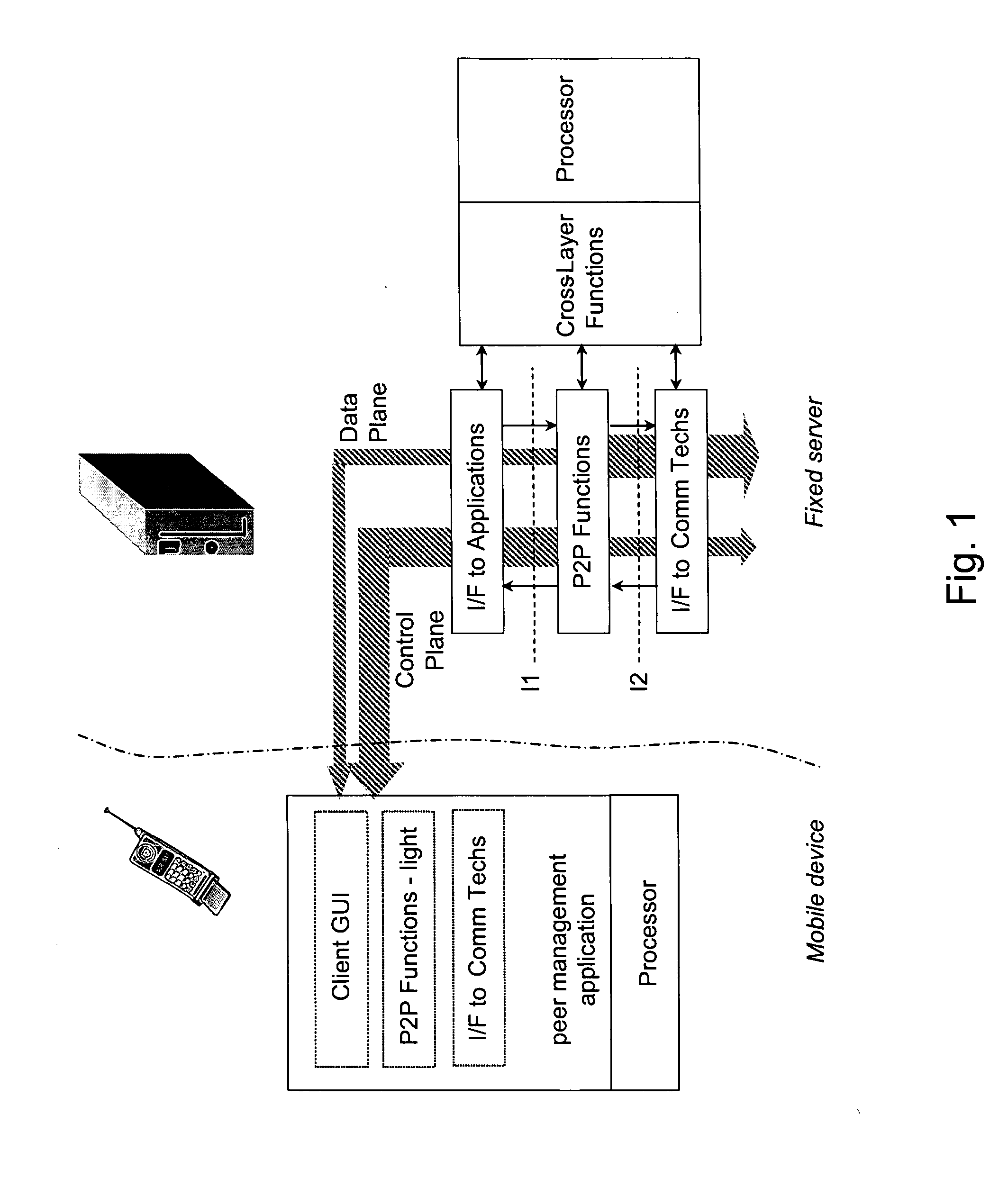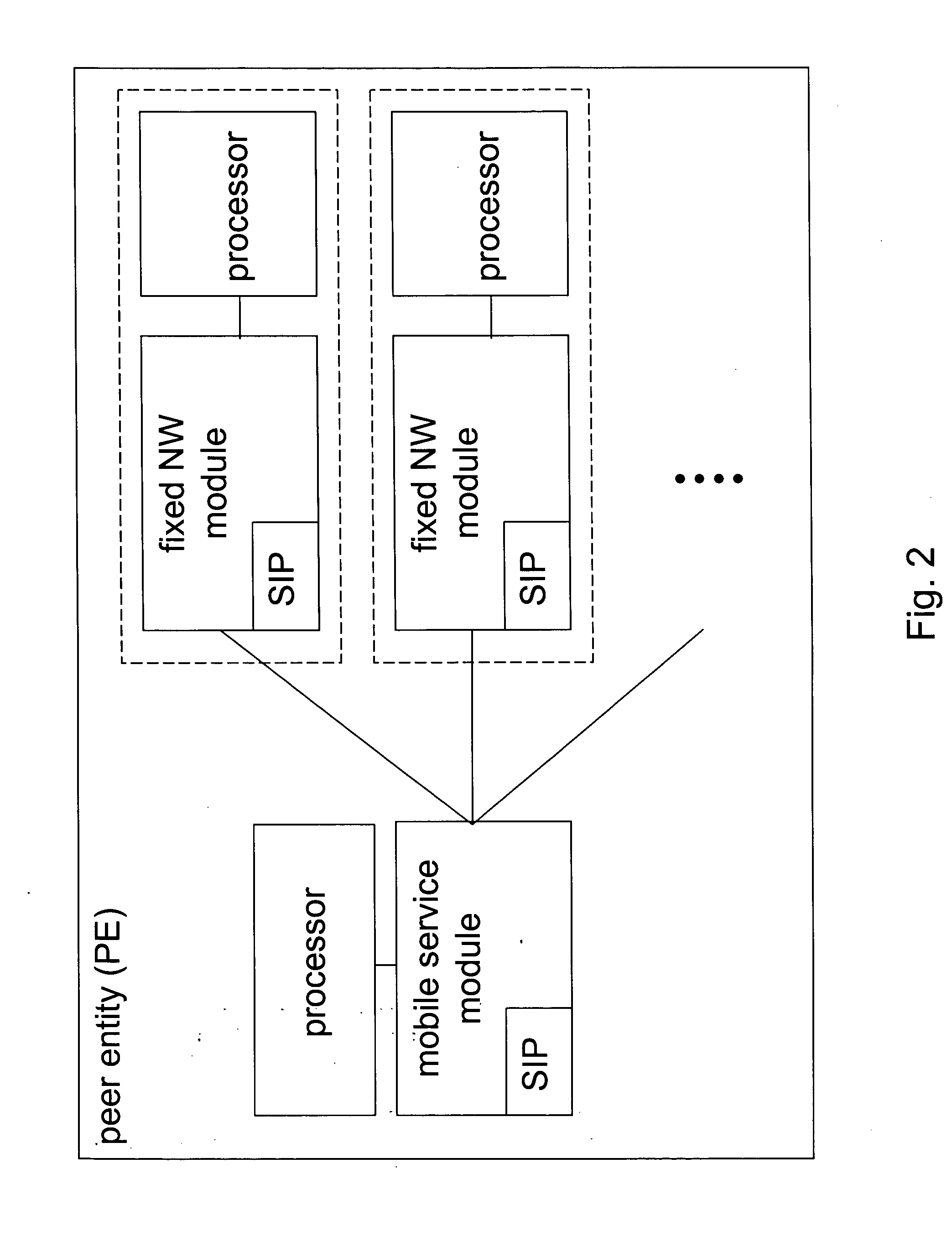Service provision and management for mobile communities
a mobile community and service provisioning technology, applied in the direction of wireless communication services, electrical equipment, wireless communication services, etc., can solve the problems of not being able to meet the requirements of mobile communities, current dominance of conventional operator-centric service provisioning models, and unbalanced access to community resources, so as to improve resource utilization efficiency, the effect of a community advantag
- Summary
- Abstract
- Description
- Claims
- Application Information
AI Technical Summary
Benefits of technology
Problems solved by technology
Method used
Image
Examples
examples
[0073]For illustrating implementation and realization of the proposed mobile community management system in respect of conceptual areas of network management, exemplary management applications are outlined in the following.
[0074]It is to be noted that mobile agents residing in the lower management layer can implement any one of the below management tasks, or any subset thereof.
[0075]i) A fault management is targeted at maintaining continuous availability and quality of services, which are strongly dependent on pruning and failure events happening with the community members. In mobile communities, a high mobility of the community members should also be taken into account. One way to manage faults is to leverage the aforementioned cooperativeness scores. A faulty peer will not be able to successfully provision services, thus its cooperativeness score will be downgraded several times, resulting in the peer no longer being selected for provision due to the unfavorable cooperativeness sc...
PUM
 Login to View More
Login to View More Abstract
Description
Claims
Application Information
 Login to View More
Login to View More - R&D
- Intellectual Property
- Life Sciences
- Materials
- Tech Scout
- Unparalleled Data Quality
- Higher Quality Content
- 60% Fewer Hallucinations
Browse by: Latest US Patents, China's latest patents, Technical Efficacy Thesaurus, Application Domain, Technology Topic, Popular Technical Reports.
© 2025 PatSnap. All rights reserved.Legal|Privacy policy|Modern Slavery Act Transparency Statement|Sitemap|About US| Contact US: help@patsnap.com



